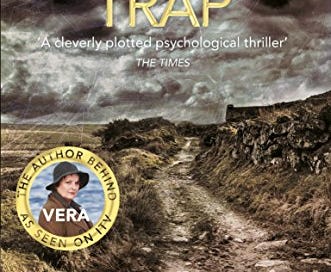Unforgettable Character Introductions
Great characters are great from the first moment they appear on the page or screen. We’ve all experienced that electrifying rush—the knowing that this fictional person will be with us for the rest of our lives. So how do authors and screenwriters achieve that magic?
Today we’re going to focus on your INTRODUCTION TO THE MAIN CHARACTER (also helpful for a…
Keep reading with a 7-day free trial
Subscribe to Screenwriting Tricks for Authors to keep reading this post and get 7 days of free access to the full post archives.



